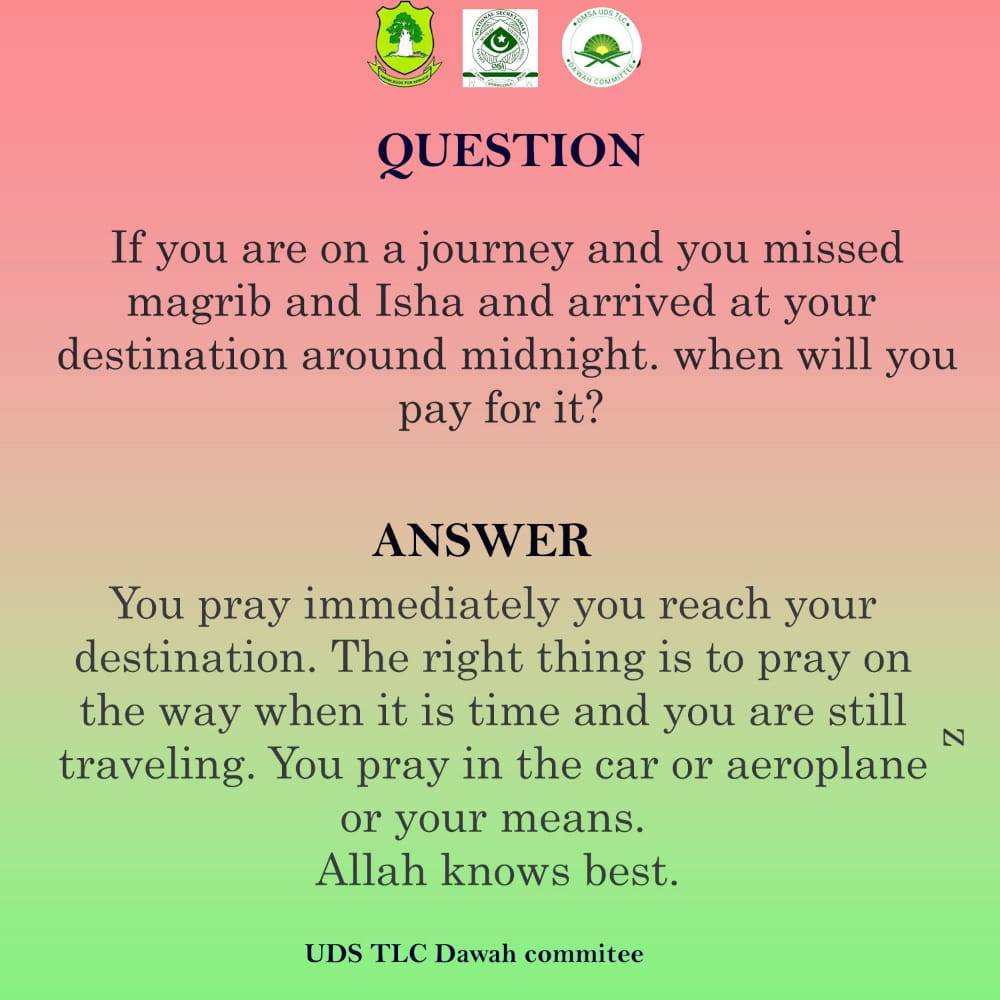Surah An-Nur (24): ayat 35, uses the metaphor of light as the light of guidance in the heart of the Mua’min.
A metaphor used to condemn those who fail to fulfill the amanah (i.e. religious
obligations) can be found in Surah Al-Jumu’ah (62): ayat 5. The Bani Israel, having failed
to obey Allah’s commandments in the Taurah, are described as a donkey which is
burdened with heavy books on its back but doesn’t understand anything from them.
Scholars have said that this metaphor also applies to other nations, which fail to fulfill
their amanah.
In one hadith the Prophet, sallallahu ‘alayhi wasallam, divided the status of his ummah into
three categories: those who benefit from the Message, those who benefit partially and
those who fail to benefit at all. He, sallallahu ‘alayhi wasallam, used the metaphor of rain (as
the Message) falling down on different types of land, producing different results.
Using metaphors to convey the Message is a very important ‘tool’ and it is the methodology used in the Quran and by the Prophet, sallallahu ‘alayhi wasallam. There are many modes of expression used in the Quran and Hadith and they are used for different purposes. E.g. Dealing with the misconceptions and false assumptions of the disbelievers, the Quran and Hadith use rational thinking. When describing Jannah and the Hellfire, the style used by the Quran and Hadith is the visual mode of expression – they are described in such detail that it is like we can actually visualize Jannah or the Hellfire in front of us.
One of the Sahabahs said that he had already seen Jannah and the Hellfire. The other Sahabahs were puzzled and asked him how this could be so as nobody is able to see them until the Hereafter. He replied, “I saw them through the eyes of the Prophet, sallallahu ‘alayhi wasallam. If I were to be given the chance to see Jannah and the Hellfire with my own eyes, I would not trust my sight. I trust the eyes of the Prophet, sallallahu ‘alayhi wasallam, more than I trust my own eyes.” Here we can conclude that if we read and understand the Quran and the Hadiths we too can visualize the paradise and the Hellfire.
These modes of expression (thinking styles) used by the Quran and Hadith should be well
understood and used by Muslims today to convey the Message of Islam when doing da’wah as it is the most effective way. Different styles should be used to reach/convince different people –
some people are more emotional, some are more rational, etc.
Hope these evidences are enough to satisfy you. If you think they are not still enough, follow me keenly and get before you other equally thirst quenching evidences about the subject. In fact you can even educate others about it better than I’m doing. Be concerned about what concerns you yet seek knowledge, for ignorance is a prison wherein the inmates are those who are reluctant when it comes to seeking knowledge.
When you learn, you lead others aright and save them from captivity. But you don’t just learn anything, you seek beneficial knowledge and wisdom from the right sources with the proper ethics. Look for the write up on ethics of seeking knowledge. And as usual, when you sleep over the bed of heedlessness in your youth, then be sure to tread on the path of regret during old age.
Let me hasten to reiterate that seeking knowledge frees you from the captivity and prison of ignorance and darkness. So my good friends, brothers and sisters in Islam, seek beneficial knowledge and wisdom with the correct ethics, aiming to benefit society with the knowledge and hoping for reward from the Almighty Allah. Laziness is very attractive to ignorance, so wherever there is laziness in the quest for knowledge, be certain to find ignorance married happily to Mr. laziness, making a perfect couple with darkness as their residence. Corrections, criticisms and the like are welcome as usual. They keep me on my toes and on the look out for much information. Since information is key in this day and age.


